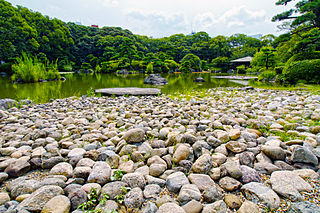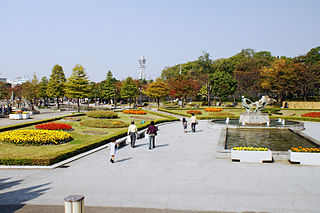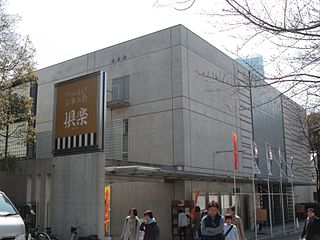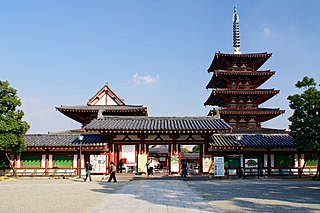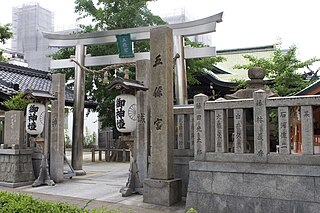Self-guided Sightseeing Tour #9 in Osaka, Japan
Legend
Guided Free Walking Tours
Book free guided walking tours in Osaka.
Guided Sightseeing Tours
Book guided sightseeing tours and activities in Osaka.
Tour Facts
5.4 km
118 m
Experience Osaka in Japan in a whole new way with our free self-guided sightseeing tour. This site not only offers you practical information and insider tips, but also a rich variety of activities and sights you shouldn't miss. Whether you love art and culture, want to explore historical sites or simply want to experience the vibrant atmosphere of a lively city - you'll find everything you need for your personal adventure here.
Activities in OsakaIndividual Sights in OsakaSight 1: Tennoji Zoo
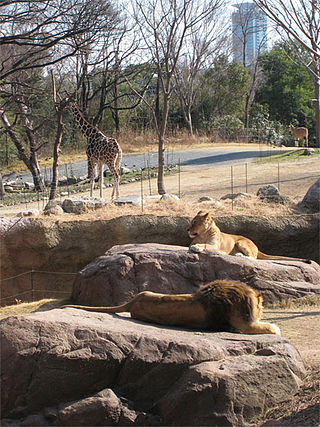
Tennōji Zoo (天王寺動物園) is a 11-hectare (27-acre) zoo located at Tennōji Park in Tennōji-ku, Osaka, Japan, opened on January 1, 1915. It is the third zoo to be built in Japan and is located southwest of the Shitennō-ji temple, the first Buddhist temple in Japan.
Sight 2: Keitaku Garden
Keizawaen (慶沢園, Keizawa-en) is a Japan garden in Tennoji Park in Tennoji-ku, Osaka. His name is Prince Fushimimiya.
Sight 3: Osaka Municipal Museum of Art
The Osaka City Museum of Fine Arts (大阪市立美術館) is a museum located in Tennōji Park, Tennōji-ku, Osaka, Japan. The museum focuses on Japanese and east Asian art.
Sight 4: Tennoji Park
Get Ticket*The Tennōji Park is a park with botanical garden at 1–108, Chausuyama-cho, Tennōji-ku, Osaka, Japan.
Sight 5: Isshinji
Get Ticket*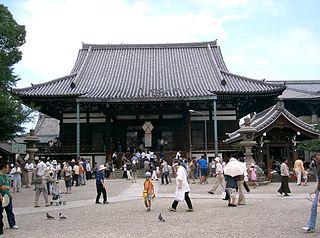
Isshin-ji (一心寺) is a Pure Land Buddhist temple in Osaka, Japan. Starting in the Meiji period, thirteen images have been formed, each incorporating the ashes of tens of thousands of devotees. The annual burial ceremony on 21 April in turn draws tens of thousands of worshippers.
Sight 6: Isshinji theatrekura
Isshinji Theater Kura is a multi-purpose theater located in the Shitennoji area of Osaka City.
Sight 7: 堀越神社

Horigoshi Shrine is a shrine located in Chausuyama-cho, Tennoji Ward, Osaka City. Its former status was that of a village shrine.
Sight 8: Tsūtenkaku
Tsūtenkaku , owned by Tsūtenkaku Kanko Co., Ltd. , is a tower and well-known landmark of Osaka, Japan and advertises Hitachi. It is located in the Shinsekai district of Naniwa-ku, Osaka. Its total height is 103 metres (338 ft); the main observation deck is at a height of 91 metres (299 ft).
Sight 9: Shinsekai
Shinsekai is an old neighbourhood located next to south Osaka City's downtown "Minami" area. The neighbourhood was created in 1912 with New York as a model for its southern half and Paris for its northern half. At this location, a Luna Park amusement park operated from 1912 until it closed in 1923. The centrepiece of the neighbourhood was Tsutenkaku Tower.
Sight 10: Kiyomizudera
Kiyomizudera Temple is a temple of the Japanese sect located in Reincho, Tennoji-ku, Osaka. The name of the mountain is Mt. Arisu. The main Buddha is the Bodhisattva of the eleven-sided, thousand-handed Kansei-on. A branch of the Shitennoji Temple.
Sight 11: Oe-jinja Shrine
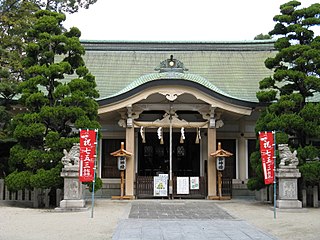
Ooe Shrine is a shrine located in Yuhigaoka-cho, Tennoji Ward, Osaka City (Yuhigaoka area, part of the former Tennoji Kitamura and Tennoji Village in Higashinari District). Its former status was that of a local shrine.
Sight 12: Shoman-in; Aizen-do
Shomanin is a temple of the Japanese sect located in Tennoji Ward, Osaka. The name of the mountain is Mt. Araryo. The honzon is Aizen Myo. It is also called Aizendo. Shitennoji Betsuin. Nishikoku Aizen 17 Sacred Grounds No. 1. Shingon Esoteric Buddhism Katsuhi-ryu Nemoto Dojo. The Taho Pagoda is the oldest wooden structure in Osaka.
Sight 13: 真光院
Shinkoin (眞光院, Shinkoin) is the name of the temple of the following temples. Shinkoin (Iwaki) - A temple of the Shingon sect of the Chizan sect in Iwaki City, Fukushima Prefecture. Shinkoin (江戸川区) - A temple of the Shingon sect of the Toyoyama sect in Edogawa-ku, Tokyo. Shinkoin (三浦市) - A temple of the Jodo sect located in Miura, Kanagawa Prefecture. Shinko-in - The head of Manfuku-ji, a temple of the Yellow Wood sect in Uji City, Kyoto Prefecture. Shinkoin (Osaka) - A temple of Washu located in Tennoji Ward, Osaka, Japan. Shinkoin Temple - The head of Tsurinji Temple, a temple of the Tendai sect in Kakogawa City, Hyogo Prefecture. Shinkoin (Setouchi) - A temple of the Koyasan Shingon sect located in Setouchi City, Okayama Prefecture. Shinkoin (Hiroshima) - A temple of the Koyasan Shingon sect located in Nishi-ku, Hiroshima, Hiroshima, Japan. Shinkoin (Itoshima) - A temple of the Daikakuji sect of Shingon Buddhism located in Itoshima, Fukuoka Prefecture. Shinkoin (Saga) - A temple of the Tendai sect located in Saga City, Saga Prefecture.
Sight 14: Shitennoji
Get Ticket*Shitennō-ji is a Buddhist temple in Ōsaka, Japan. It is also known as Arahaka-ji, Nanba-ji, or Mitsu-ji. The temple is sometimes regarded as the first Buddhist and oldest officially administered temple in Japan, although the temple complex and buildings have been rebuilt over the centuries, with the last reconstruction taking place in 1963. Shortly after World War II, Shitennō-ji became independent of the parent Tendai sect and formed the Wa sect of Buddhism.
Sight 15: Gojogu Shrine
Gojogu Shrine is a shrine located in Tennoji Ward, Osaka. The former company name is Murasha. It is the only shrine in Japan dedicated to Emperor Toshida, the ancestor of the Tachibana clan.
Share
Disclaimer Please be aware of your surroundings and do not enter private property. We are not liable for any damages that occur during the tours.
GPX-Download For navigation apps and GPS devices you can download the tour as a GPX file.
